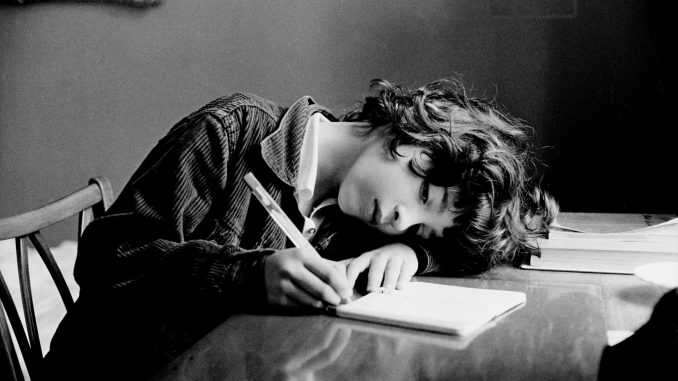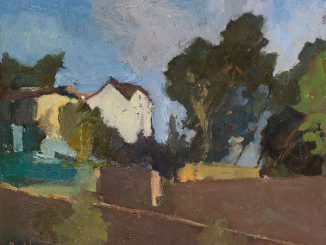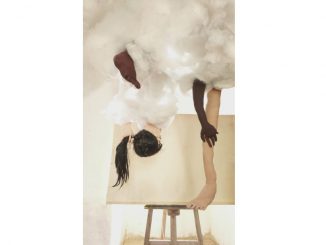
Franck Horvat the outsider, in memoriam
The one who defined photography as “the art of not pressing the button” has just left us. Born in 1928 in Abbazia in the Italian period, in a Jewish family from Central Europe, he evolved in several fields: fashion photography, photojournalism, portraits, landscape and sculpture.
Adopting Baudelaire’s definition according to which imagination is “an almost divine faculty which perceives first of all, outside of philosophical methods, the intimate and secret relationships of things, correspondences and analogies” he will become a maverick and an innovator.
During the Second World War he lived in Lugano and at the age of fourteen exchanged his stamp collection for a 35mm Retinamat. He studied art at the Academia di Brera, worked for an advertising firm and collaborated as a freelance photographer for Italian magazines.
In 1950, he moved to Paris, where he met Henri Cartier-Bresson, who influenced him for the rich content of his photographs and the art of framing and image construction.
Then he began to travel the world and his photographs were published by Life, Picture Post, Réalités, Match, etc...
In 1955, one of them was selected for the famous Family of Man exhibition at the MoMa, New York Museum. This led to a collaboration with fashion magazines with a focus on natural light. He became one of the stars and remained the first to shoot a naked pregnant woman.
He then joined Magnum and also tried his hand at film and video, including a triptych on New York. He also interviews his friends photographers; Doisneau, Boubat, Mario Giacomelli, Josef Koudelka, Don McCullin, Sarah Moon, Marc Riboud, Jeanloup Sieff and Joel-Peter Witkin and Helmut Newton and collects these interviews in his book “Entre vues”.
He is one of the first artists to experiment with digital photography. Thanks to Photoshop, he assembles parts of photographs taken at various times and places. This process produces curious, bizarre effects and creates a polysemic work. His publications of books multiply and many exhibitions.retrospectives sacralize this “outsider of photography”.
Thanks to the framing, the standardization of objects and spaces to a format, thanks also to their extraction from the original context, Horvat will have freed the image to offer it an autonomy in relation to reality so that it means something else or more. And he knew how to give importance to the off-screen according to his doxa: “The only thing that awakens the imagination is what is not shown, what is outside the frame“.




Be the first to comment